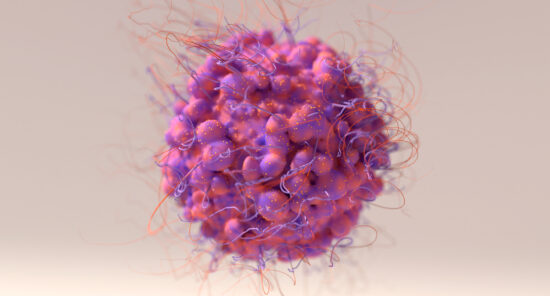Credit: Original article published here.
The most common inherited kidney disease is autosomal dominant polycystic kidney disease(ADPKD). According to Shunlai Shang, PhD, and colleagues while next generation sequencing (NGS) technology can be used to sequence tens of thousands of DNA molecules simultaneously, it has poor capture efficiency got the six PKD1 pseudogenes and GC-rich regions. Consecutive deletions of exons can be detected using multiplex ligation-dependent probe amplification (MLPA). However, MLPA is less sensitive for single-base mutations.
Even using those methods, pathogenic genes might not be detected in some patients the researchers said. Improving detection the detection rate of pathogenic genes is a technical problem that hinders clinical diagnosis of ADPKD.
The researchers conducted a study to examine the efficacy of a novel method for the genomic analysis of PKD1 mutation in patients with ADPKD. Four pedigrees of ADPKD patients with mutation sites not identified by NGS were examined using alternative methods. Results were reported online in Frontiers in Cell and Developmental Biology [doi.org/10.3398/fcell.2022.937580].
MLPA was performed, followed by subjecting pedigrees where MLPA did not identify pathogenic genes to multiplex polymerase chain reaction (MPCR) and targeted region sequencing. The detected mutation sites were then verified by Sanger sequencing.
Results demonstrated that MPLA detected the following PKD1 exonic deletion mutations in three pedigrees: PKD-1-18 nt-290nt, PKD1-up-257 nt, PKD1-up-444 nt, and PKD1-3nt-141 nt. In one pedigree, a new mutation site was identified via targeted region sequencing: PKD1 NM–001009944:c.151T>C at the protein level, described as p. CYC51Arg.
In summary, the authors said, “We established a system of genetic detection and analytical methods, from NGS to MPLA to targeted region sequencing and finally to Sanger sequencing. We combined MPCR and targeted region sequencing for the first time in ADPKD diagnosis, which further improved diagnosis accuracy. Moreover, we identified one new missense mutation and four new deletion mutations.”


